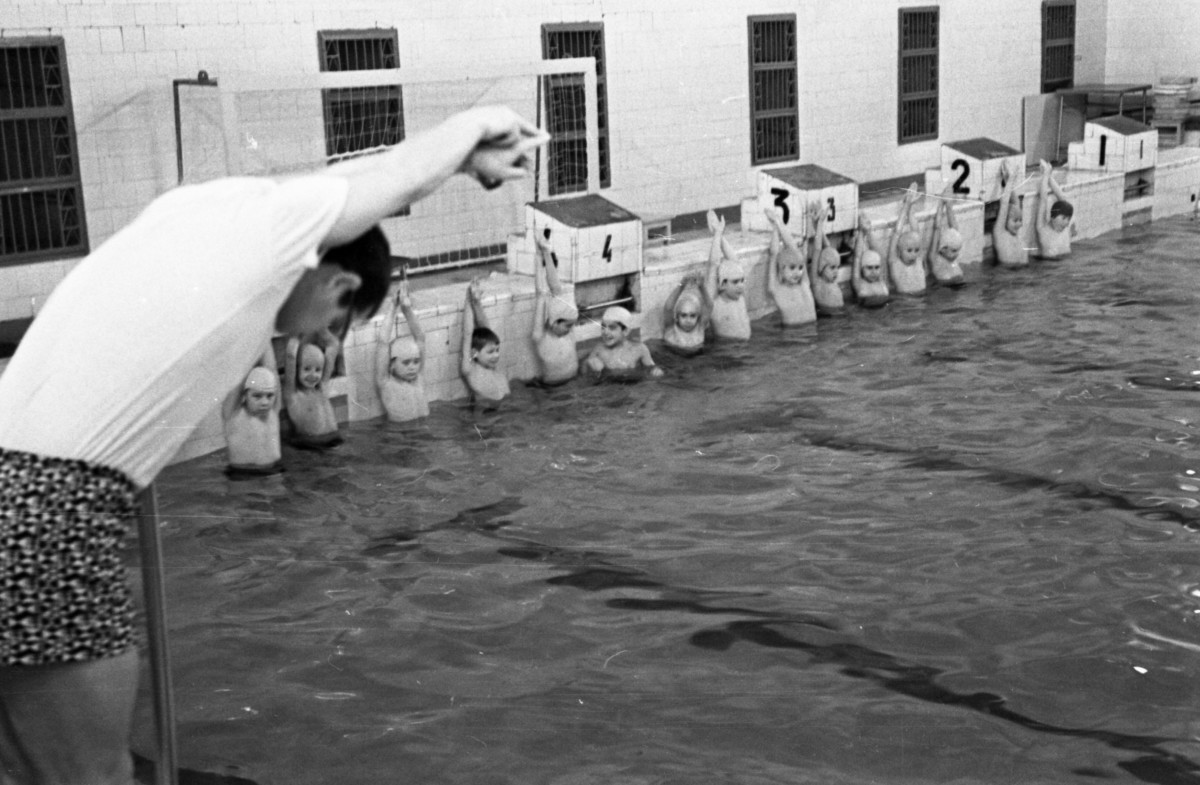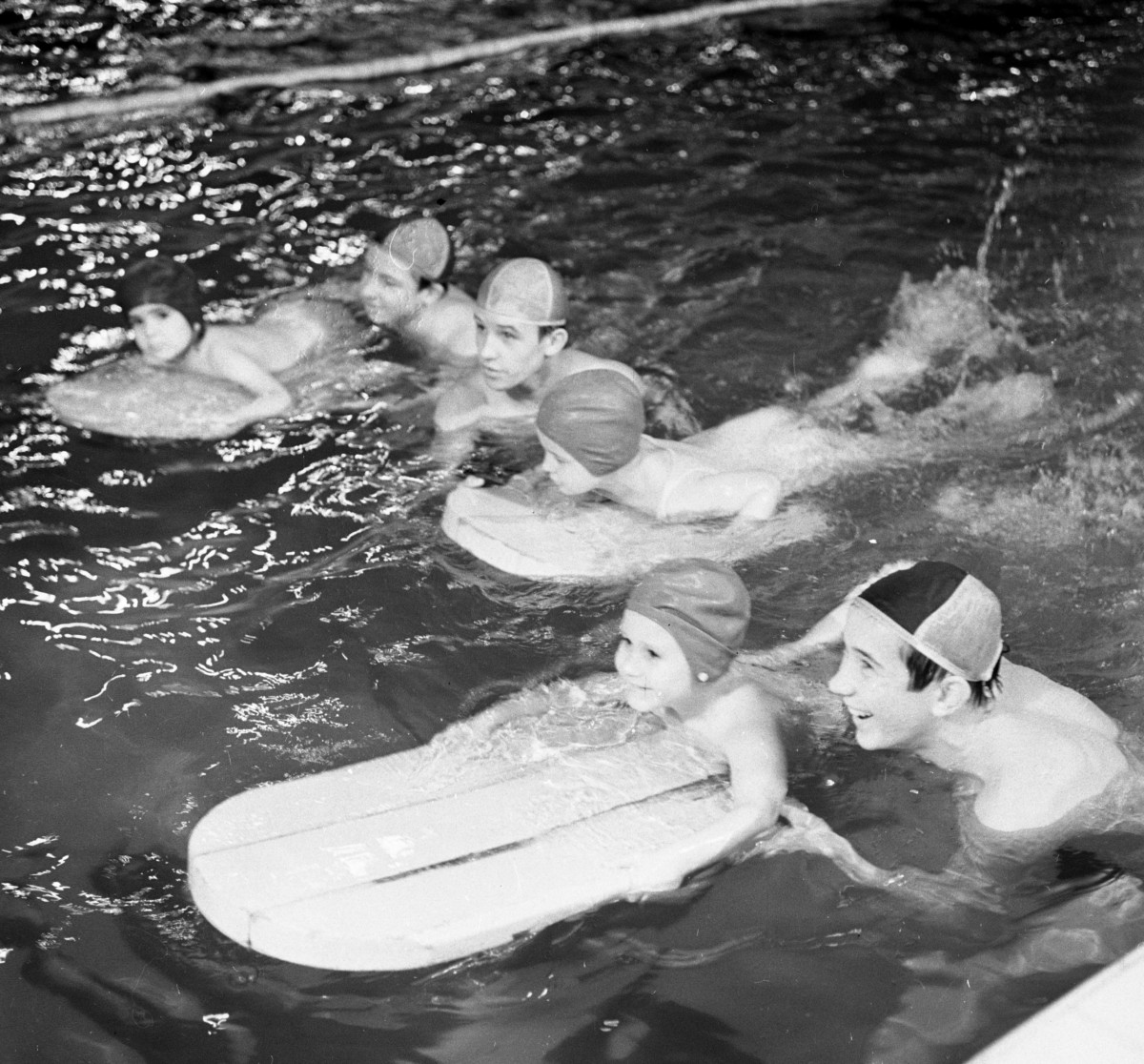#ARCTIC. #SIBERIA. THIS IS TAIMYR. In January 1966, a children’s and youth swimming school began to operate in Norilsk, where 420 young swimmers, water polo players and high jumpers were trained.
From the Norilsk swimming pool first director Iskander Faizullin’s memoirs:
“Due to climatic conditions, most of the children could not swim. The small coaching team was given the main task – to eliminate “swimming illiteracy”, to organize mass education of schoolchildren. There was a certain difficulty in this. On the mainland, a children’s sports school is completed as a result of mass screening and selection of the most capable children. In Norilsk, selection in sports groups began after training. Therefore, during this period, the sports training tasks were solved incidentally.
When the long Norilsk winter ends and the short polar summer begins, sports teams go south for training camps and competitions, and many Norilsk residents go on vacation. Children from the town’s pioneer camps and different children’s organizations come to the pool’s blue paths. Children’s groups from the industrial Norilsk settlements also come to us: Medvezhka, Talnah and Kayerkan. Children who come to Norilsk on excursions from the Krasnoyarsk region cities also bathe and swim in the pool: Snezhnogorsk, Dudinka, Igarka, and even from the distant fishing village of Karaul, in the lower reaches of the Yenisey.
The physical education lessons of the schools located near our sports base were moved to the swimming pool, where children do gymnastics according to the school curriculum and take a three-month course in sports swimming.
In 1971, a swimming pool was built in the building basement for the youngest Norilsk residents, in which 15–20 children could play at the same time. This made it possible to unload the pool’s main bath, increase the training volume for national teams and begin mass centralized swimming training for children from the city kindergartens’ preparatory groups. Every year, 1200-1300 preschool children are taught to swim in the Sputnik pool, as the baby bath was named. Of this number, 60 percent learn to float and swim 10-15 meters…”
In the History Spot’s previous publication, we told that the Norilsk medicine’s history is full of prominent specialists and scientists’ names.
Follow us on Telegram, VKontakte.
Text: Svetlana Ferapontova, Photo: Nornickel Polar Branch archive







